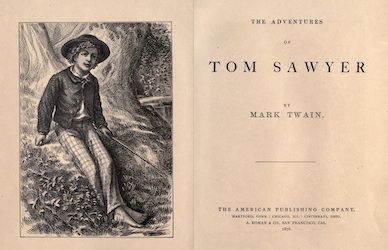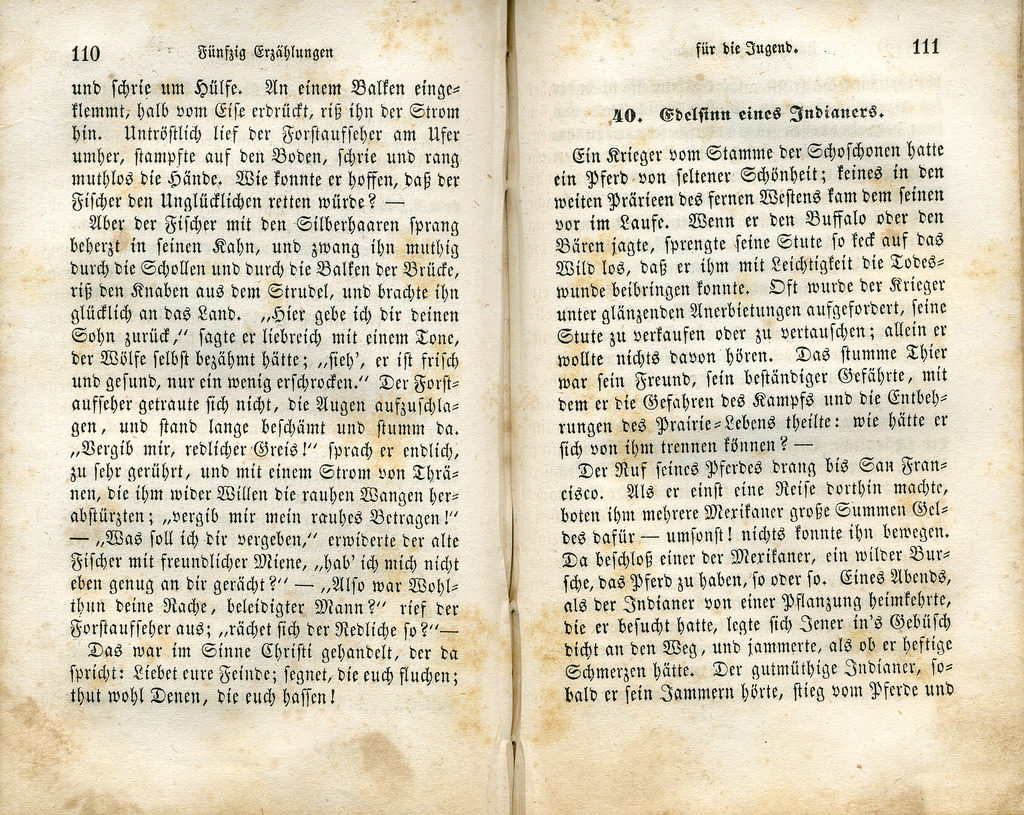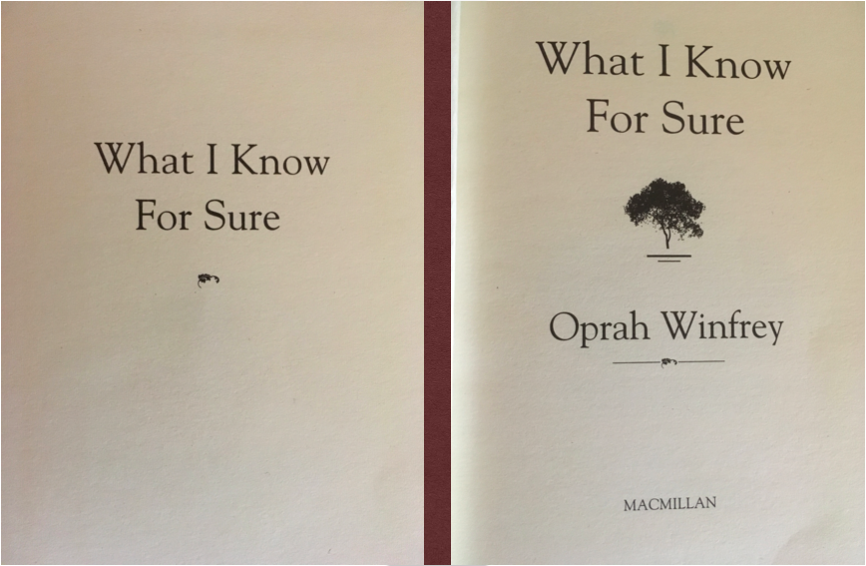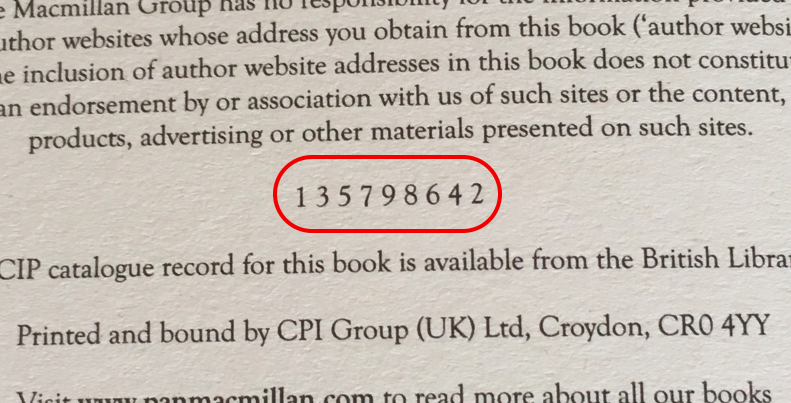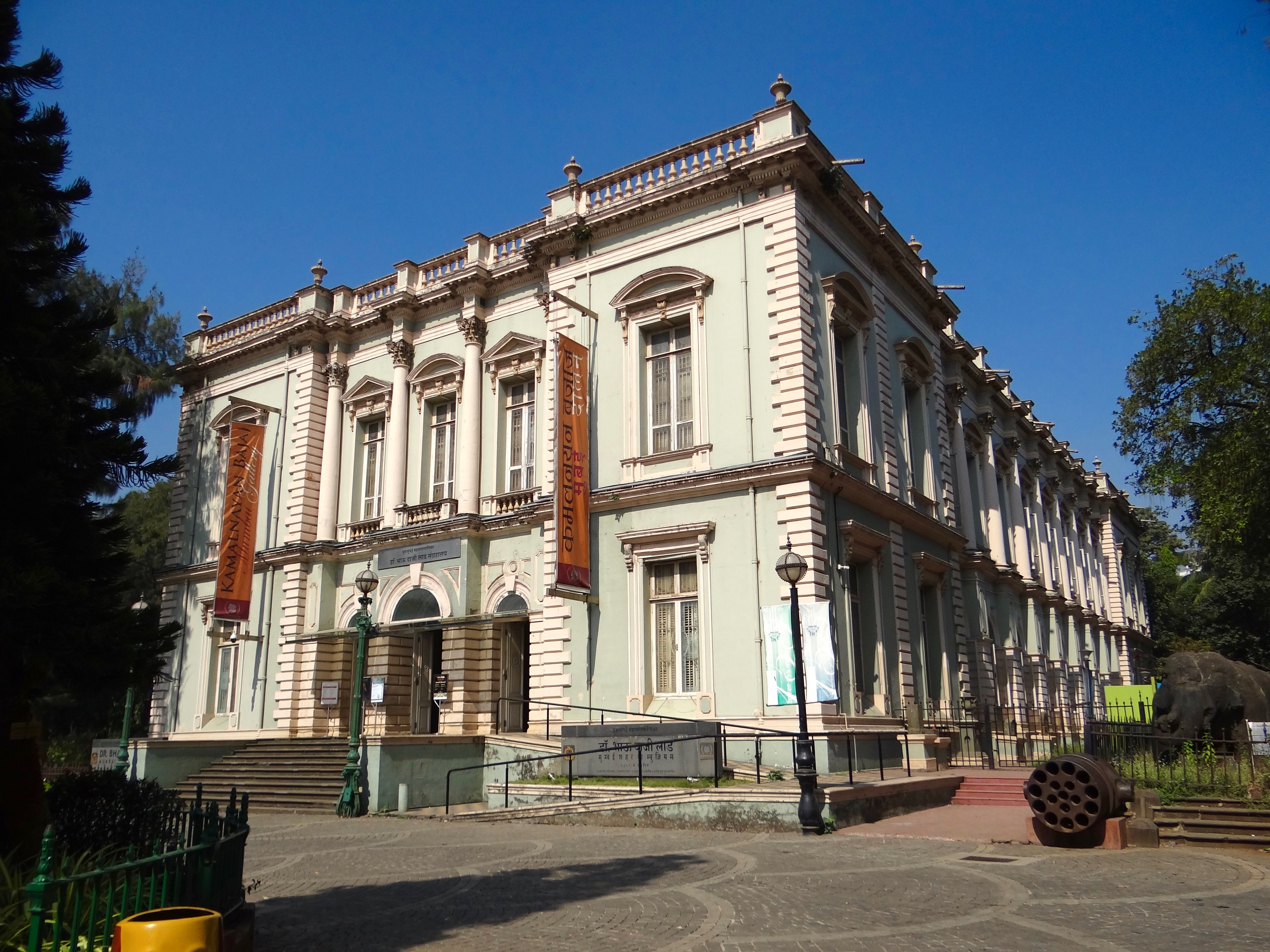
4 Things That You Never Noticed In A Book
Hidden Elements in Your Book
4 Things That You Never Noticed In A Book
Books, books, books, life is so full of them. As long as they are around we are truly wealthy. Be it fiction, an encyclopaedia or just a dictionary; books are an expert with matters of the heart and the soul.
More often than not, we forget about these loyal companions and about the whirlwind romance we shared with books. Our hate for textbooks takes away most of our time. Occasionally a short reminder of an engaging novel takes us back into fantasyland. There is no greater sorrow than a completely read novel. You can’t experience the story again like its new and you can’t live in it any longer. Turning the last page in a book is like a slap in the face, the slap of reality. Don’t we all have a moment of silence after every book we finish? I know we all do.
In our haste to get the book read, there are some small elements that add to our experience which we miss. But when these elements are amiss, the situation is like reading with the Kindle; you read the book but you don’t get the general satisfaction of actually having read a book.
These are some of the hidden elements that make books, books.
1. Hold a book in your hand with its spine facing you. Now tilt the book in such a way that you can notice all the pages that are bound to the spine of the book. You’ll notice all the pages stuck to the inside of the spine. It seems mundane but here is something fascinating.
If bookbinders took many sheets of single pages and folded them, you would find the set of pages are tapering and unequal in size. If you fold a few papers together this won’t be the case. So the bookbinders take small sets of single paper sheets and fold them in half so that they appear equal in length. This folded set of papers is known as a signature. Multiple such folded papers or signatures are then joined to form a book. This method of combining a book using signatures has been around since the mid 15th Century. Since these signatures are made by folding single papers, you can’t have odd number of pages. If the content of the books ends on an odd page or finishes leaving behind an empty last page, there will be a blank page in your book! That is the reason why you sometimes find a blank or excess page in a book. Nowadays book publishers fill these pages with advertisements.
2. The lovely smell of the book and the feel of the paper in your hands is probably the best thing about a book, isn’t it? Don’t worry you are not alone, every book lover loves the smell of a book.
There is a reason why books smell the way they do. Magazines don’t smell that way. Most magazines stink. The aromatic smell of the book enhances with age and smells like vanilla flowers and almonds. This is the magic of a chemical reaction caused by a breakdown of chemical components in the pages of a book. If only they would make a book aroma perfume!
Secondly, you would notice your old Famous Five and Secret Seven books turning brown. And there is another confession- reading those ocher coloured pages is more fun than reading the ones with a pure white background and they also smell of vanilla! The old pages have the power to transport me back especially if it’s Jane Austen.
But then again is the colouring a sign of damage? Maybe. Here is why pages turn brown. From the Victorian times ie. the 19th century, the paper with which the books were made, consisted of many organic materials such as fibre from wood pulp. The paper consisted of acidic alum as well. This made paper cheap.
The ink was made up of materials which were derived by nature. The cheap wooden pulp paper reacted with the ink and oxygen resulting in spotting. Spotting are the dots that appear on paper. These are not ‘germs’ on your paper but a chemical reaction.
3. Heading to the start of your book, most of the books have two pages inside with the title. The first page has a smaller font size lettering stating the book’s name. This is known as the half or bastard page. The other page has a full length title.
Although this double printing of the title is on a decrease with new books, it is found on the old ones. This extra half copy of the title page has a reason.
The homeowners of the 19th century liked to have their library collection in the same colour or shade. The concept of a designed cover page was not yet heard off. Books would be bound and sold without cover pages. In the bookshops, such books would be kept in bins, stacked to the walls. The common people read such copies whereas the rich would get their books processed. Some library owners liked to maintain the same shade for book covers for all their books. A colourful library wasn’t cool for the nobles and such. Their much elegant libraries had a specific colour scheme. This meant that books were printed and sold without a hardbound cover. Those who wanted and could afford it, got their customised cover page attached to the books. For the rest of the crowd, they had only a single fragile piece of paper to cover their beloved books. So these two pages would come in handy. Thus the half title page was born.
4.Behind a bastard page, you’ll find a copyrights page in each book. If you want to be a book collector this is an important page for you, as dull as it seems.
The copyright page is like the bibliography of the book. It states where the book was published, what year and which publisher published it. Look more closely and you shall find a very funny number line under the words. What number line is this? This is the number line to recognise the exact number of printings. They can be –
1 2 3 4 5 6 7 8 9 10
10 9 8 7 6 5 4 3 2 1
6 4 3 2 5 7 8 9 10 1
This ascending, descending and random number line tells us which printing lot the book belongs to. The smallest number on this line presents the correct printing lot of the book. In all the lines above, since 1 is the smallest number, we can understand that the printing is of the first lot.
There is another kind of number line. It goes like this –
2 3 4 6 91 92 93 90
This shows the printing lot and also the year in which the book has been published. The number line above gives us the information that the book is the second printing published in 1990.
This system of using a number line was first started during World War II. So how was the books before World War II recognisable?
You had to compare the lines for spelling errors. The one without errors would be the latest printing and edition.
This invention took place due to the discrepancy of the definition of first editions. Many publishers use the term 1st edition for books which have been printed again after the first lot whereas some believed that after printing the first lot, the second lot should be termed as the 2nd edition. Since this dilemma is unresolved, the number line helps the book collector know how many times the book has been printed.
Do you know any more stories about the various components of a book? Please share it with the community, we are all eager to know. Comment below to tell your story.
——————————–
This month we are celebrating books. Explore other related articles-
How the Printing Press Was Invented- http://giglee.in/movable-printing-press/
What is this thing called as the Reading Mania- http://giglee.in/reading-mania/
The grand Library of Pergamum- http://giglee.in/library-of-pergamum/





